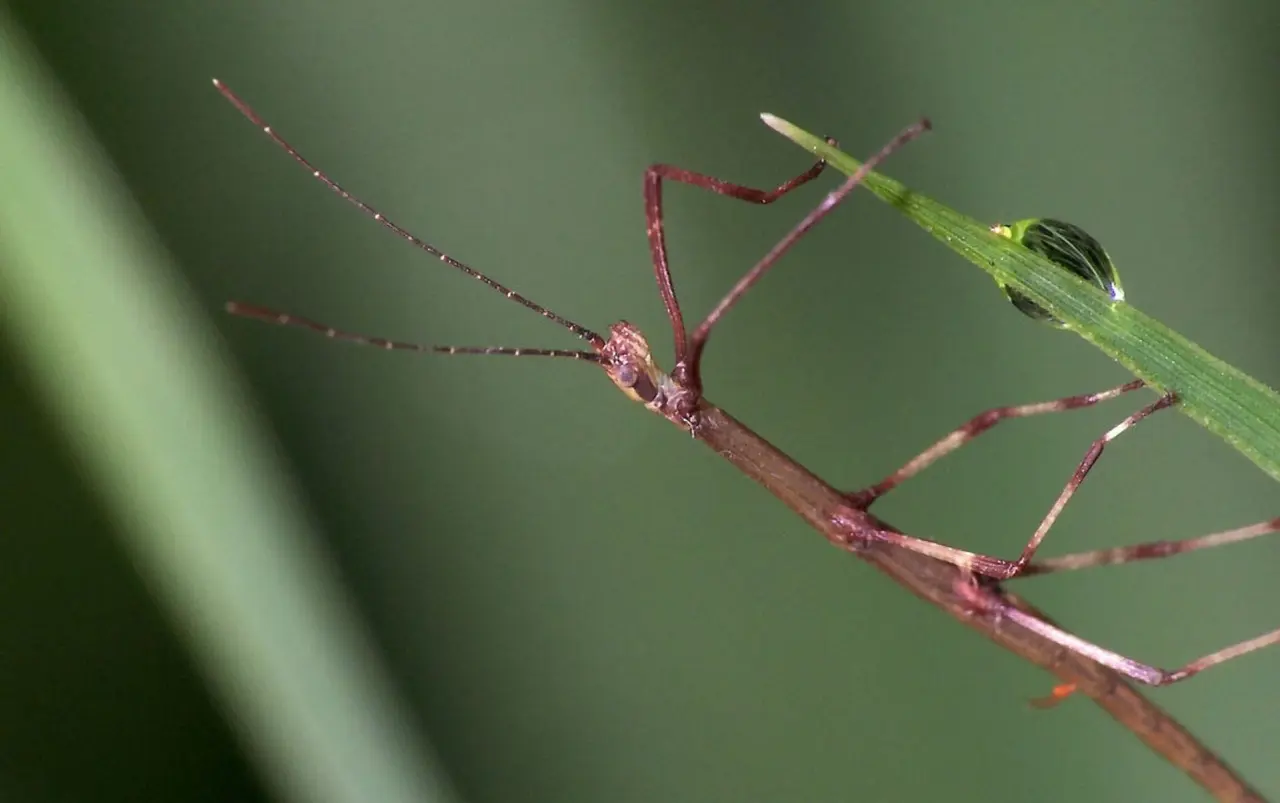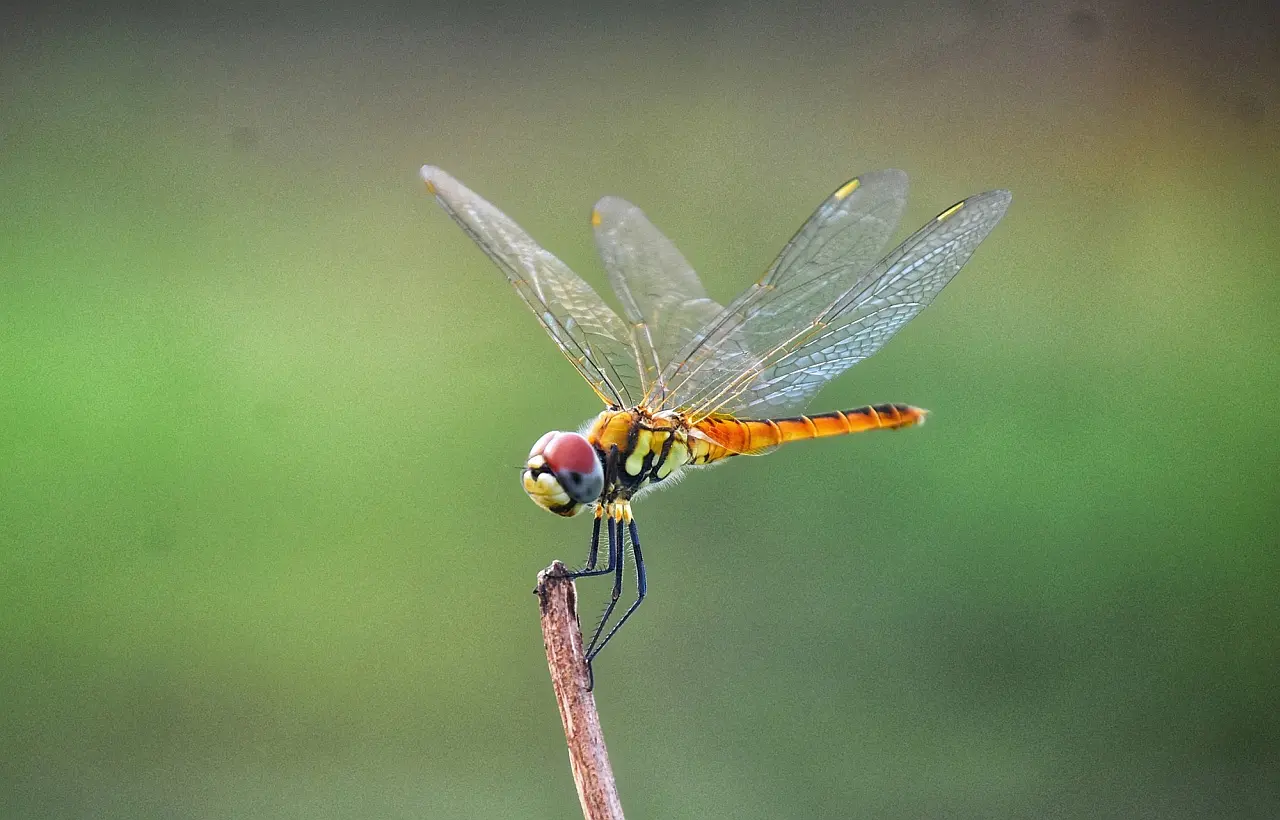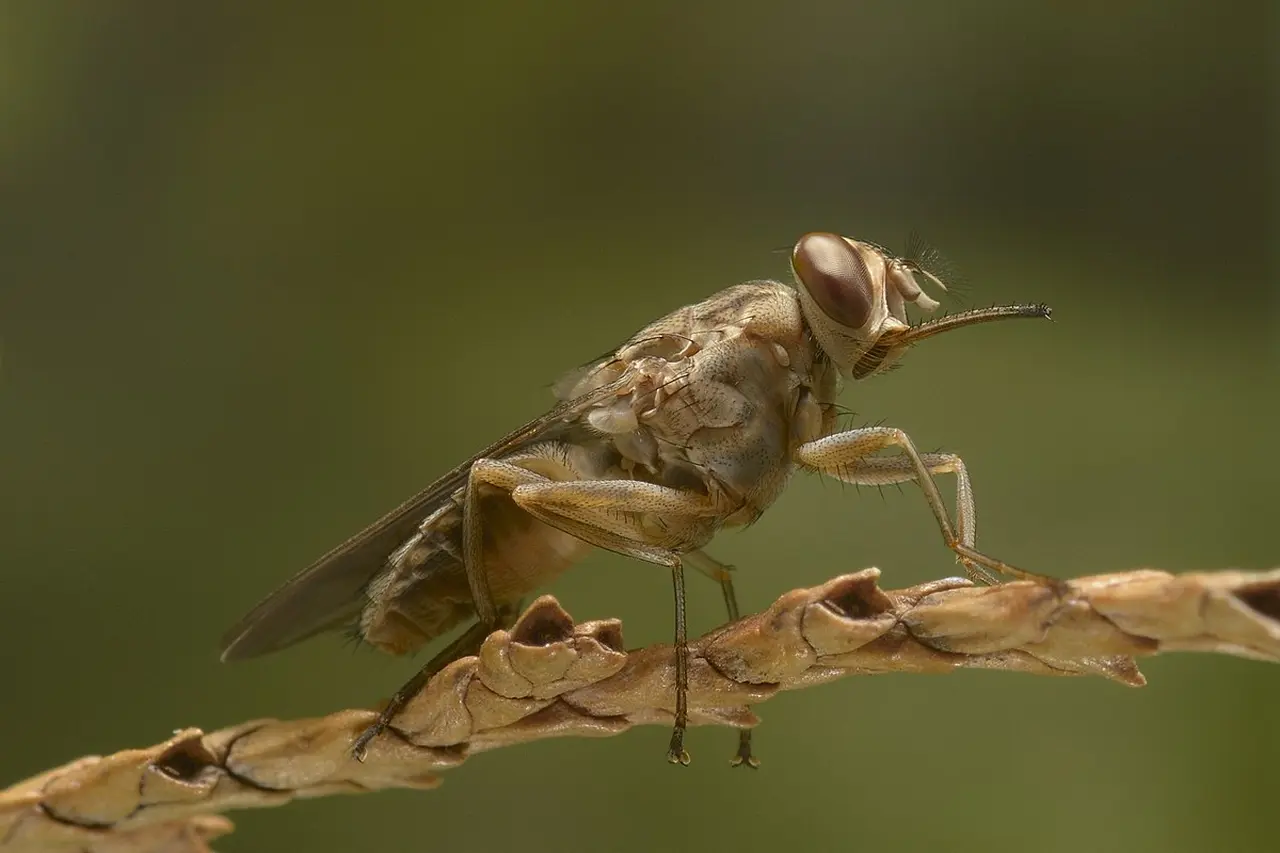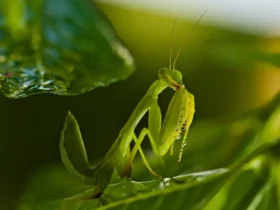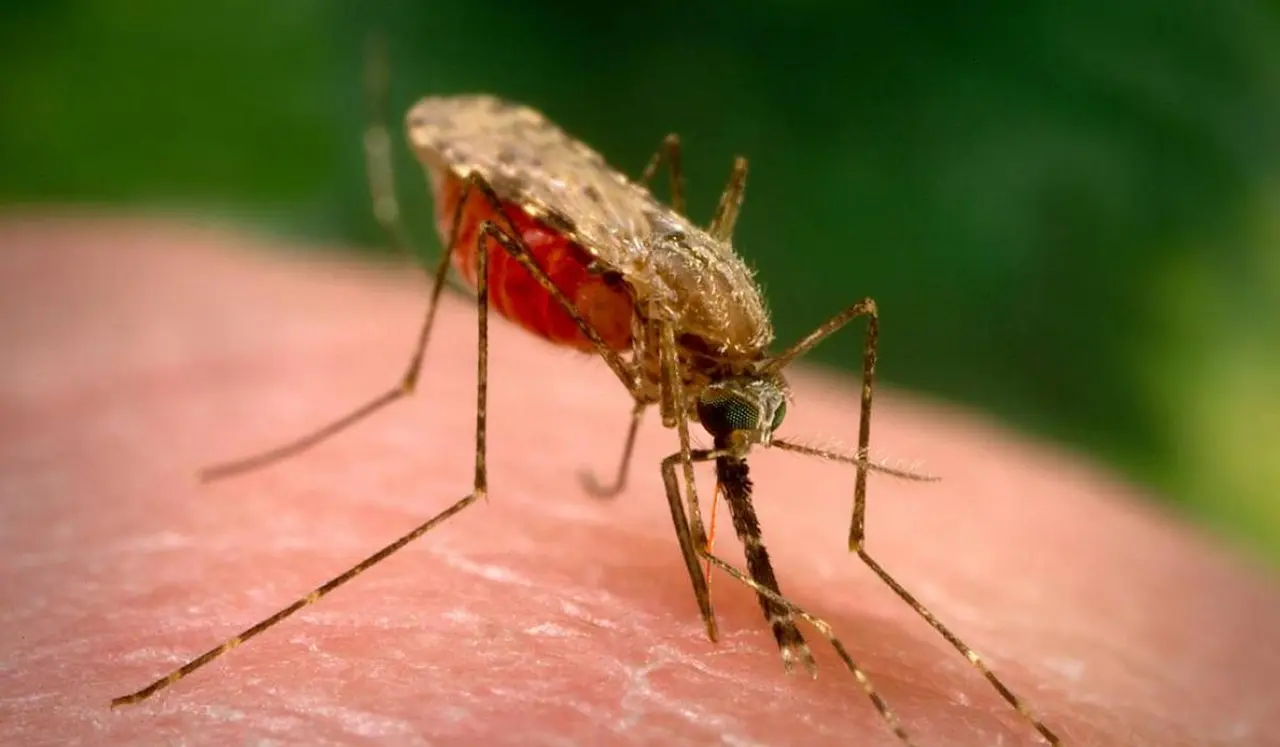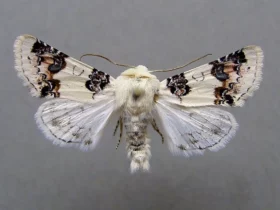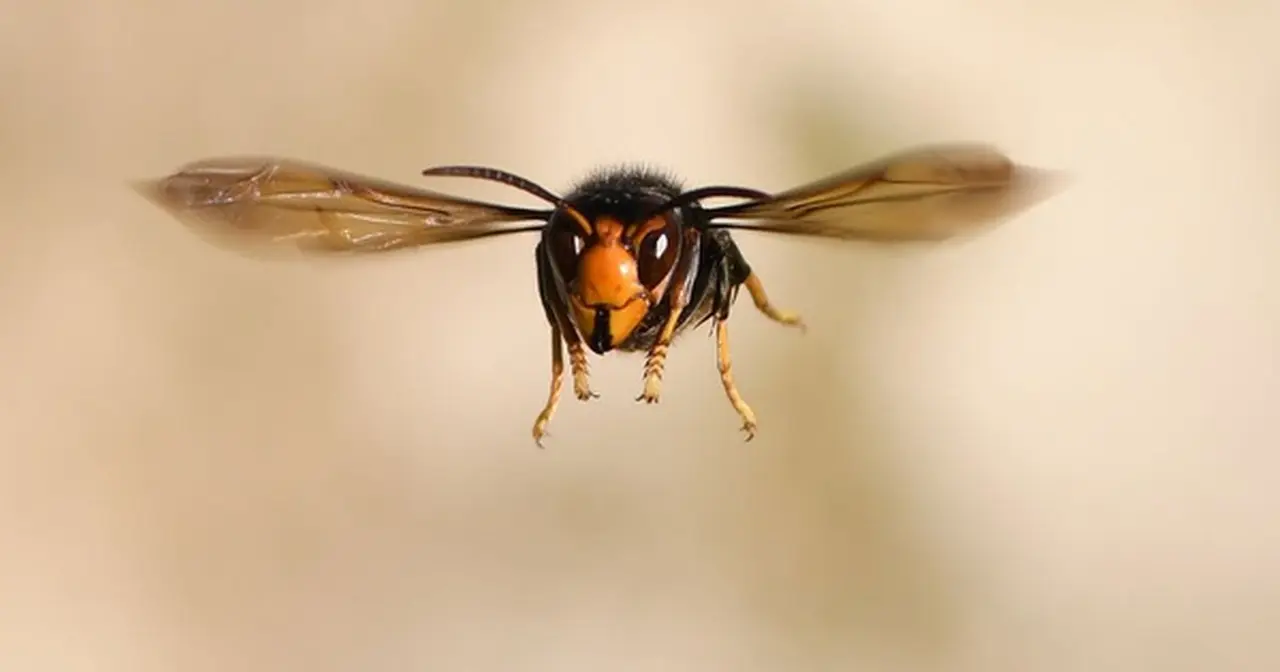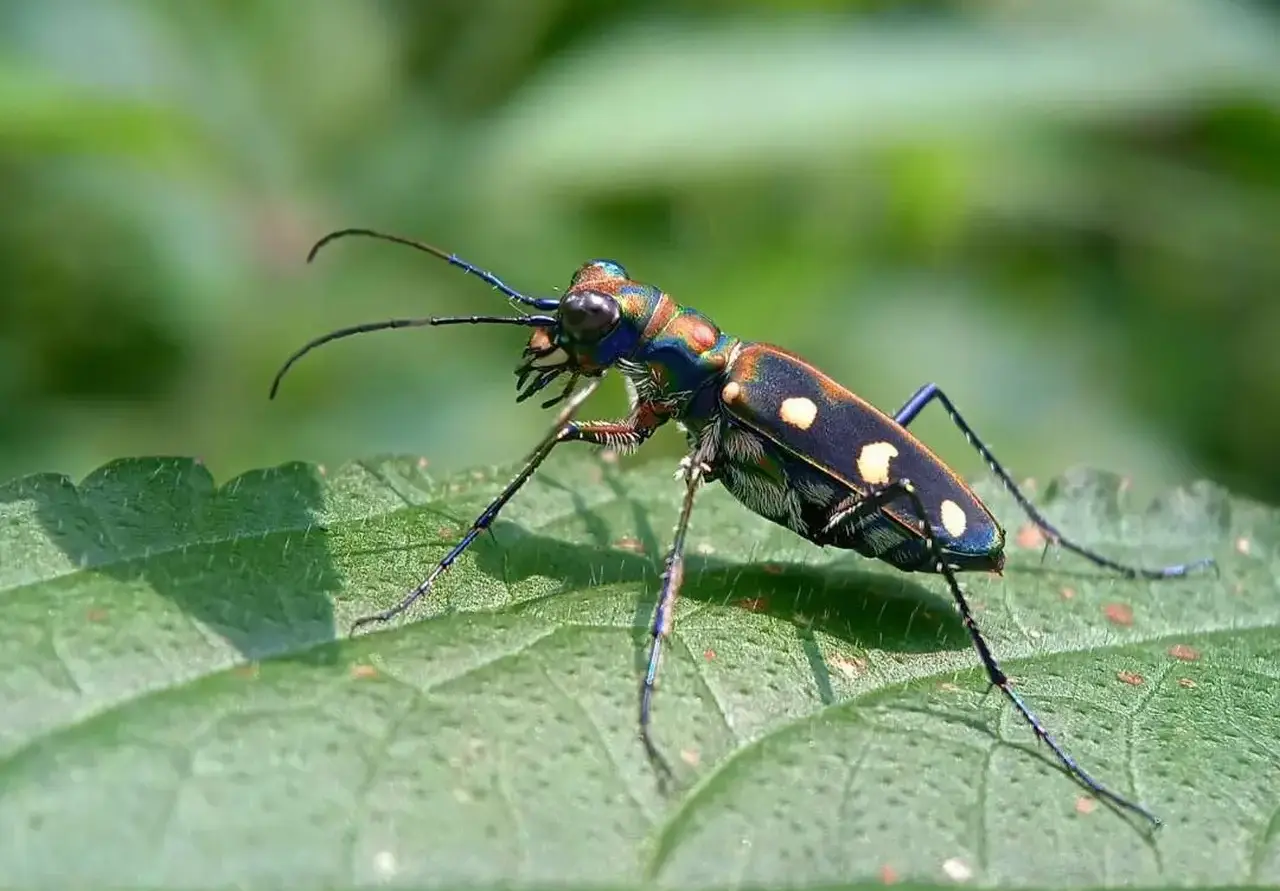The Patu Digua Spider is one of the smallest insect species in the world, scientifically known as Patu digua, an elusive and enchanting arachnid that holds the title of the world’s smallest spider. In this article, we delve into the fascinating world of the Patu Digua Spider, exploring its unique characteristics, habitat, and the wonders it brings to the microcosms of the forest floor.
The World’s Smallest Spider
The Patu Digua Spider is truly a marvel of the arachnid world. Measuring a mere 0.37 millimeters in length, these spiders are almost invisible to the naked eye. Males are slightly smaller than females, but both exhibit impressive adaptations that allow them to thrive in their specialized habitats. Their diminutive size presents an array of challenges and opportunities, resulting in unique survival strategies and captivating behaviors.
Cryptic and Camouflaged
The Patu Digua Spider’s small size and cryptic coloration make it a master of camouflage. These tiny spiders often blend seamlessly into their surroundings, taking on the colors and textures of the vegetation or debris they inhabit. Their bodies are adorned with intricate patterns and textures, further aiding in their disguise and making them virtually undetectable to potential predators or prey. This remarkable camouflage is a key adaptation that allows them to remain hidden and survive in their environment.
Habitat and Distribution
The Patu Digua Spider is endemic to the rainforests of Colombia, specifically the Chocó region. These spiders prefer the damp and shaded microhabitats found on the forest floor, where they weave delicate orb webs among moss, lichens, and leaf litter. Due to their small size and preference for hidden environments, they often go unnoticed by human observers, making them a mysterious and rare find in the wild.
Unique Web Construction and Prey Capture
The webs of the Patu Digua Spider are intricate and finely crafted, reflecting their specialized hunting strategies. These spiders construct small orb webs close to the ground, utilizing silk threads with exceptional strength and elasticity. Their prey consists mainly of even smaller arthropods and insects that roam the forest floor, inadvertently stumbling into the spider’s intricate web. The Patu Digua Spider captures its prey by quickly immobilizing it with venomous bites and then proceeds to feed on the subdued victim.
Challenges and Conservation
The minuscule size and restricted distribution of the Patu Digua Spider make it particularly vulnerable to environmental changes and habitat loss. The destruction of the rainforests through deforestation and human encroachment poses a significant threat to their survival. Protecting and preserving the delicate ecosystems of the Chocó region is crucial to ensuring the continued existence of this unique spider species.
Scientific Curiosity
Due to their diminutive size, studying the Patu Digua Spider presents significant challenges for researchers. Limited information is available about their behaviors, mating rituals, and ecological roles within the forest ecosystem. Scientists continue to be intrigued by these tiny spiders and strive to uncover more about their unique adaptations, life cycle, and evolutionary significance.

